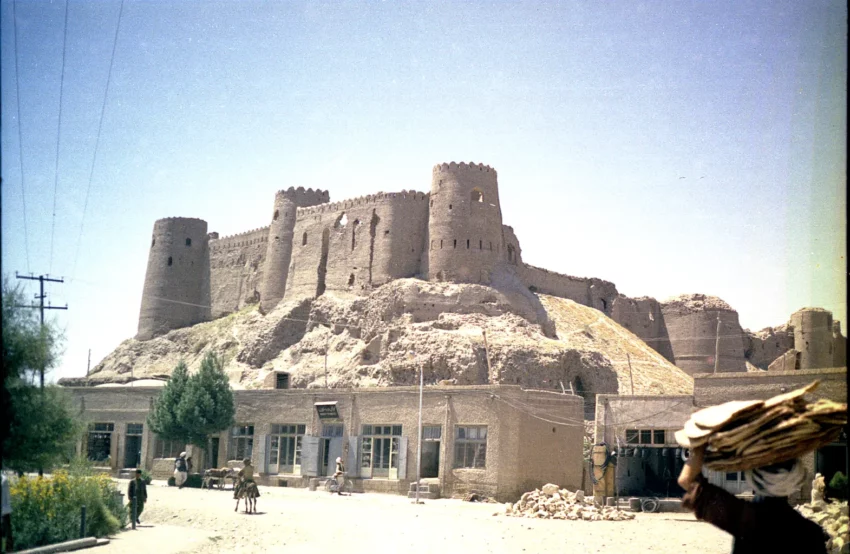The Citadel of Herat: A Timeless Landmark
The Citadel of Herat, also known as the Citadel of Alexander or Qala Iktyaruddin, stands proudly in the center of Herat, Afghanistan. Dating back to 330 BC, this citadel marks the arrival of Alexander the Great and his army after their victory at the Battle of Gaugamela. Throughout the centuries, numerous empires have used this citadel as their headquarters, leading to its destruction and reconstruction many times.
Get your dose of History via Email
Restoration Efforts
Years of war and neglect left the citadel in ruins. However, recent years have seen significant restoration efforts. From 2006 to 2011, hundreds of Afghan craftsmen, supported by the Aga Khan Trust for Culture and funds from the U.S. and German governments, worked tirelessly to restore the citadel. This extensive renovation aimed to preserve this historic site for future generations.
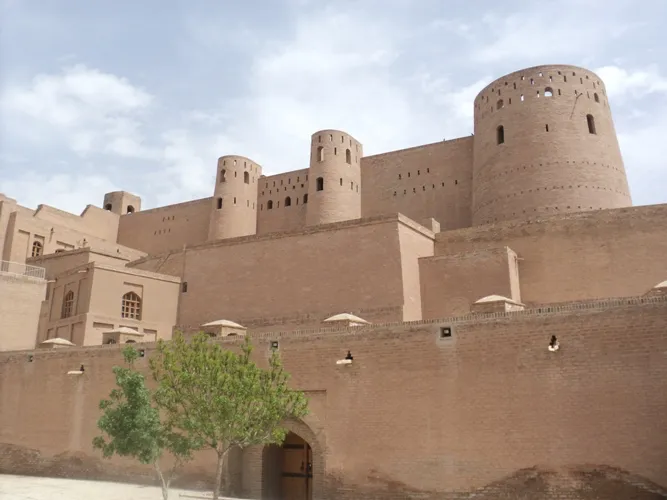
The National Museum of Herat
Today, the citadel houses the National Museum of Herat. Here, visitors can explore around 1,100 items from the Herat region. The museum offers a glimpse into the rich cultural and historical heritage of Afghanistan.
A Symbol of Resilience
During an October 2011 ceremony, U.S. Ambassador Ryan Crocker highlighted the citadel’s significance. He remarked on how tourists once flocked to Herat to experience its heritage, history, and natural beauty. Ambassador Crocker expressed hope that both Afghans and international visitors would return to enjoy Afghanistan’s rich history and hospitality.
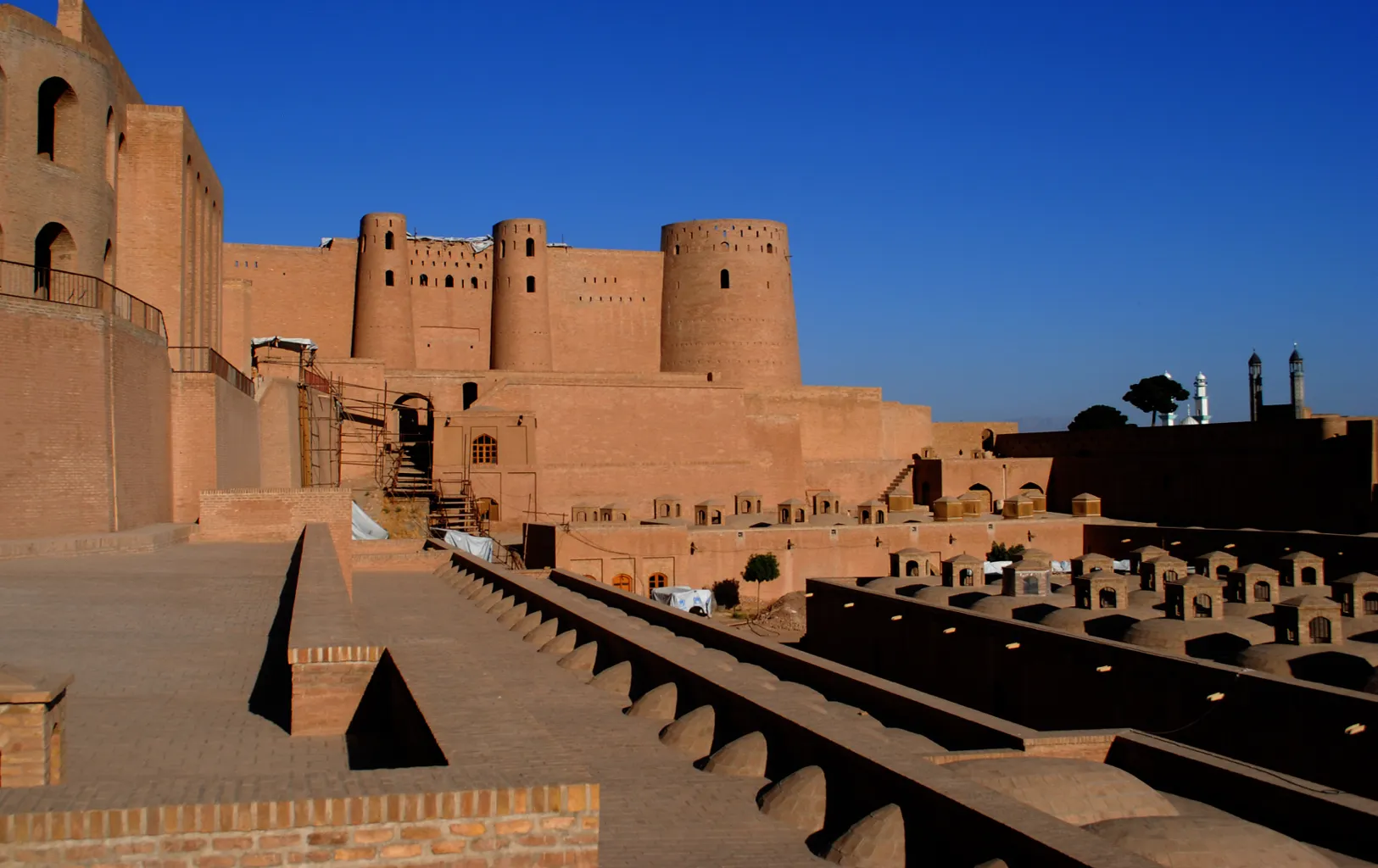
Herat: A Strategic and Cultural Hub
Herat, the regional capital of western Afghanistan, has always been strategically important. The city dates back to around 500 BC when it was known as Artacoana or Aria. Alexander the Great captured the town in 330 BC and developed it, building the original citadel. Over the centuries, Herat remained a vital asset for various empires, including the Seleucids, Parthians, Hephthalites, and the Abbasid caliphate.
The Timurid Renaissance
Herat experienced a renaissance in the late 14th century under Shah Rukh, the son of Timur. He initiated extensive building projects, followed by further development under Queen Gawharshad in the 15th century. Herat’s architectural marvels from this period, such as the Musalla complex, showcase the remarkable Timurid style.
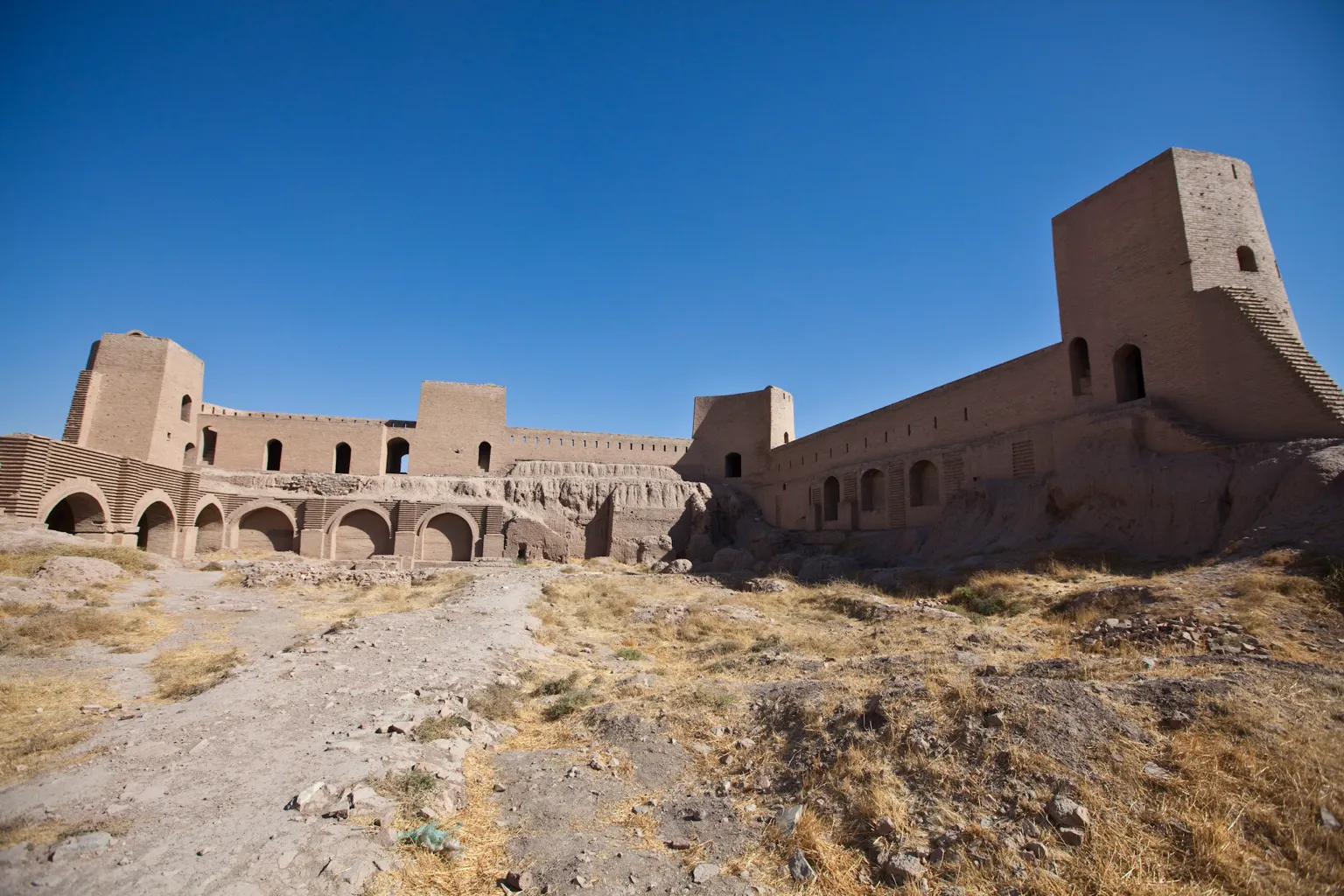
Surviving Monuments
The citadel, known locally as Qala Iktyaruddin, features battlements and towers dating back to the early 14th century. The Timurid rulers used it as their seat during the 15th and 16th centuries. Shah Rukh commissioned the stunning tilework that still adorns several towers. The citadel underwent conservation in the 1970s, ensuring its preservation.
The Musalla Complex
The Musalla complex, built in the early 15th century under Queen Gawharshad, remains one of Herat’s largest historic architectural ensembles. This complex includes a mosque, the mausoleum of Gawharshad, five minarets, and the remains of the madrasa of Hussein Baiqara. Despite damage during the early 1990s, the mausoleum’s ribbed tiled dome and intricate decorations remain impressive.

Other Architectural Marvels
Herat is home to other significant monuments, such as the Masjid-e Jami, dating back to the 10th century. This mosque features a unique Ghorid portal with stunning tilework. The mausoleum complex of Khwaja Abdullah Ansari in Gozargah, with its fine Timurid tilework and unique black marble Haft Qalam sarcophagus, adds to the city’s rich architectural heritage.
A Center of Arts and Sciences
Beyond its architectural splendor, Herat has long been a center for arts and sciences. The city boasts a rich tradition in music, calligraphy, painting, astronomy, mathematics, and philosophy. Renowned figures such as Bezhad, Jami, and Ansari have ties to this historic city.
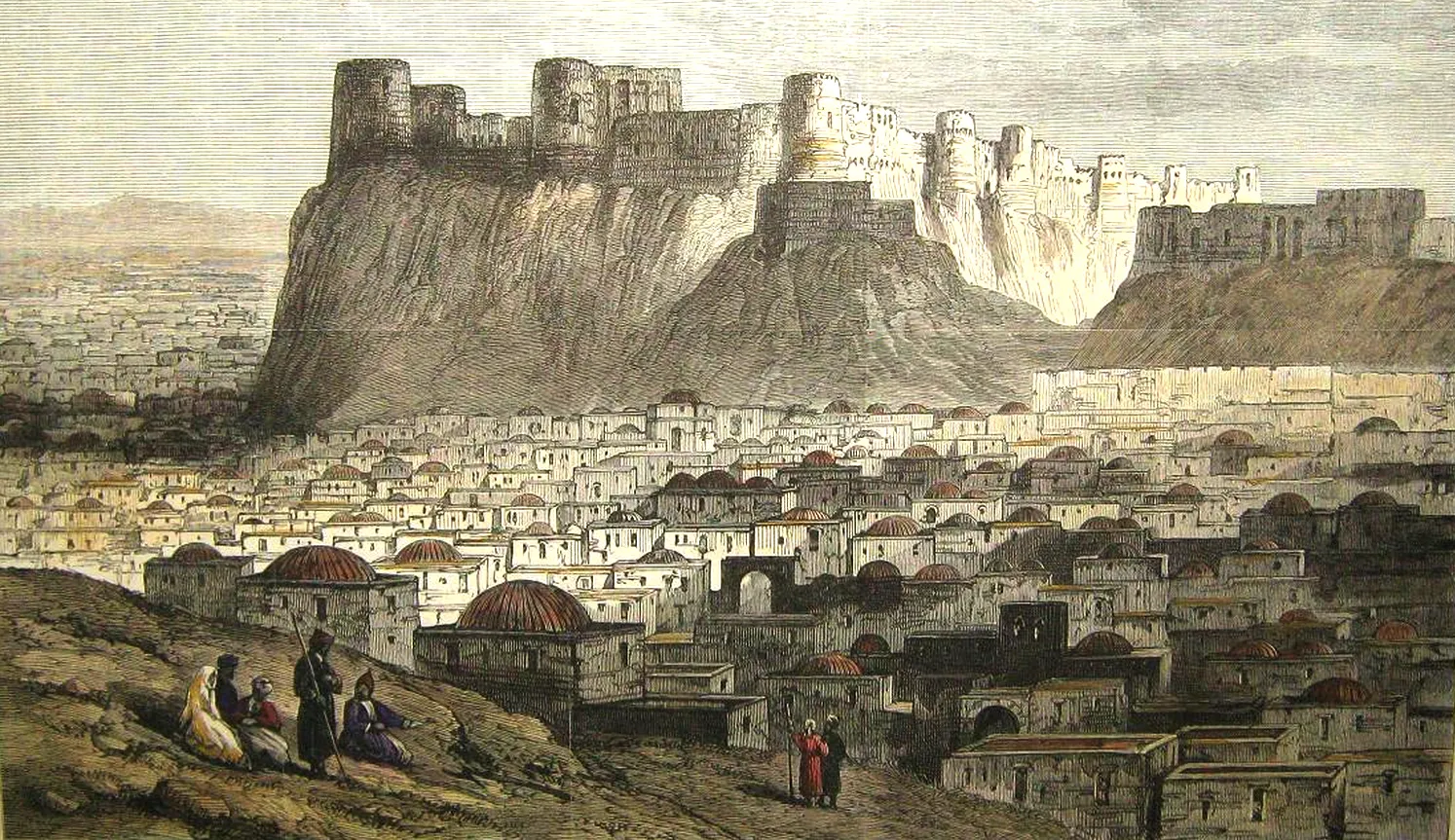
Preserving the Past
The residential quarters of Herat, characterized by alleys leading to houses with open courtyards, reflect the city’s response to its specific climatic and social needs. This urban fabric, once common in the region, remains largely intact in Herat. However, there is a risk that modern development may threaten these historic areas without proper controls.
Herat, with its rich history and cultural heritage, stands as a testament to Afghanistan’s enduring legacy. The Citadel of Herat, a symbol of resilience and renewal, invites visitors to explore the layers of history that define this remarkable city.
Sources:

